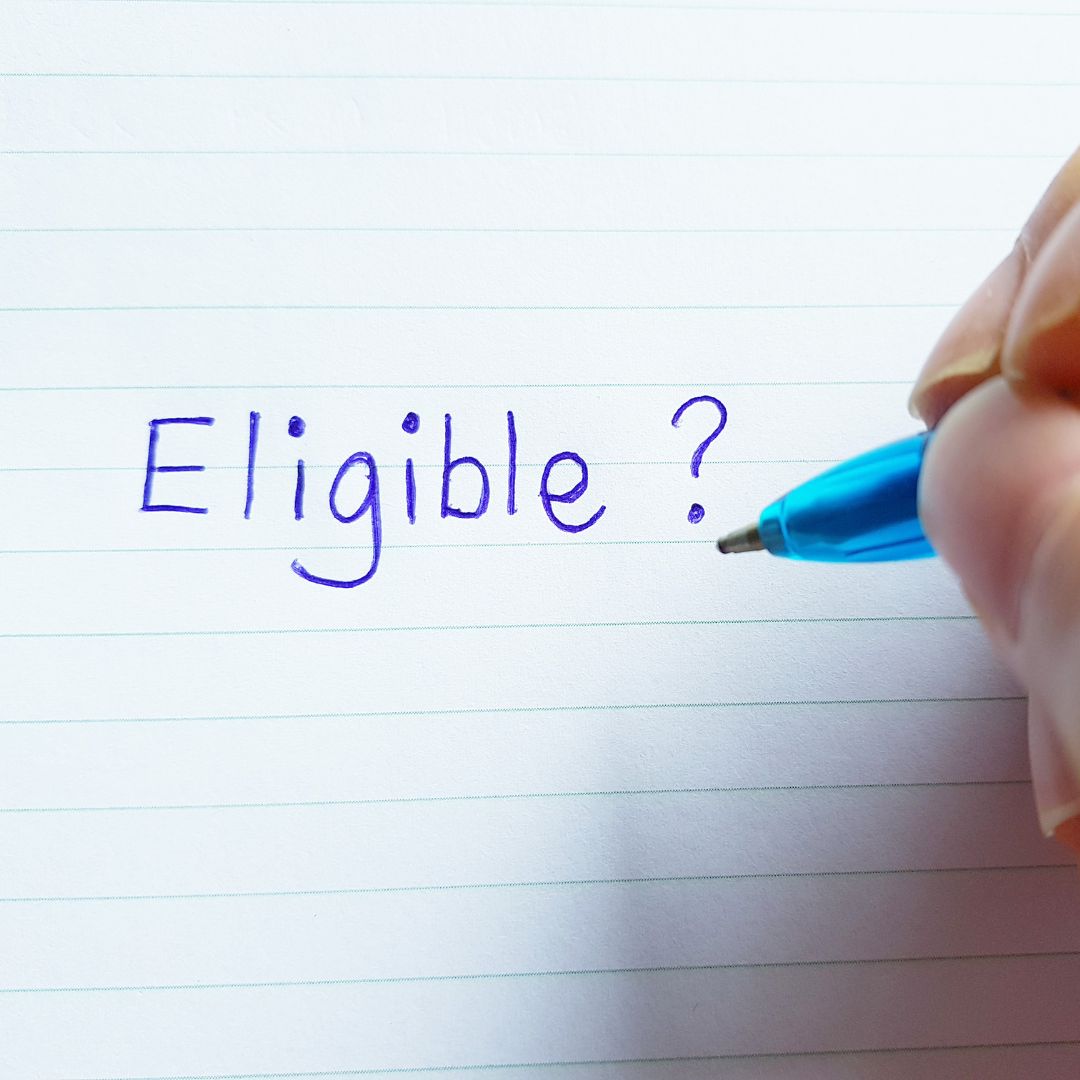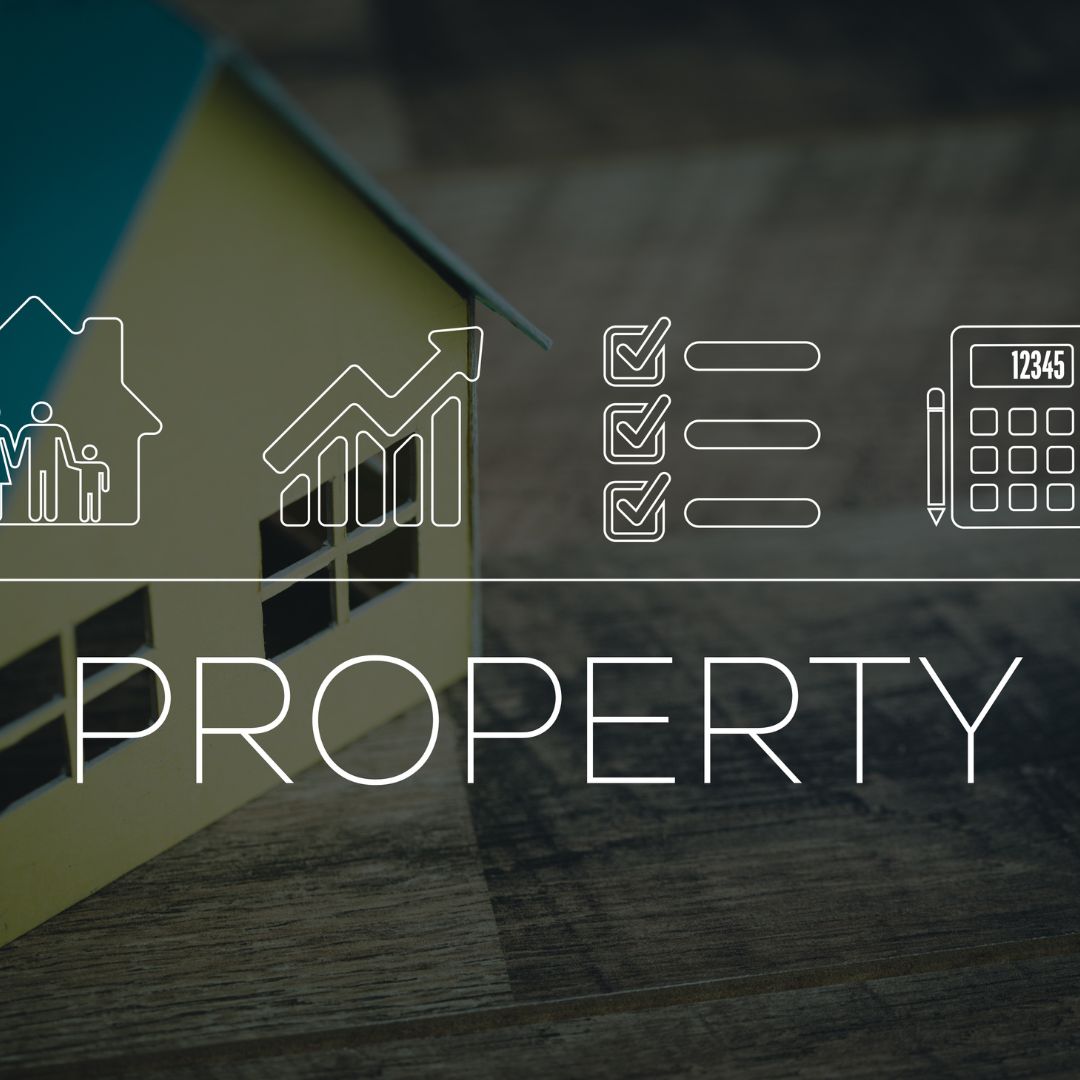USDA Property Eligibility California
USDA Property Eligibility California

A Farm Credit Administration office is responsible for loan issuance. Most loans demand a down payment from the applicant, and the remaining balance is paid back over time, typically over a 5- to 10-year period. The type of financing needed and the applicant's credit history determine the interest rate charged on a loan. From $50,000 to more than $10 million in loans have been made. Applications for loans are accessible online or at nearby USDA offices.
The house must be "owner occupied" and free of any liens or delinquent taxes in order to qualify for a USDA loan. Before you may acquire a mortgage, the lender also demands that you reside in the house for at least a year. The "occupancy requirement" refers to this. The value of your property is also impacted by how long you live there. For instance, the value of the house is lower than if you lived there full-time if you spend the majority of your time elsewhere.
If you want to see how much of your state is eligible, head over to our USDA eligibility by state page. About one-third of US land is USDA eligible, but it depends on how you define "eligible." According to a USDA report, "The amount of eligible land managed under CRP in 2014 was 3.5 million acres." The amount of eligible grasslands increased since 2009 and is expected to reach 4 million acres in 2017.



